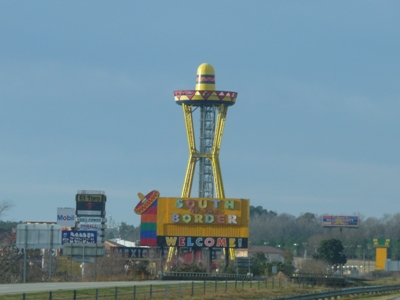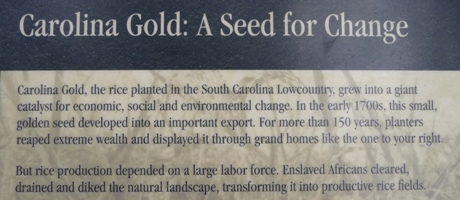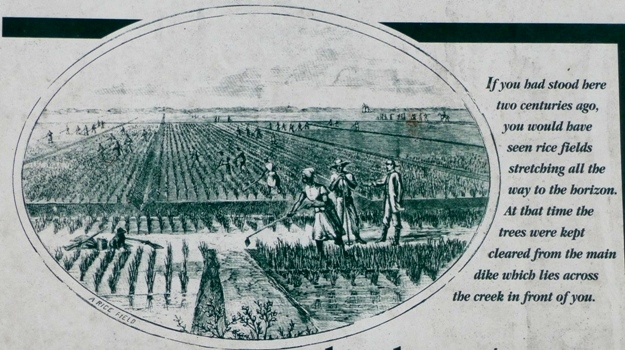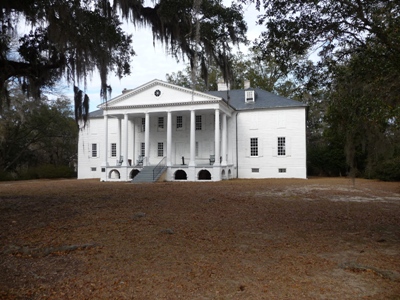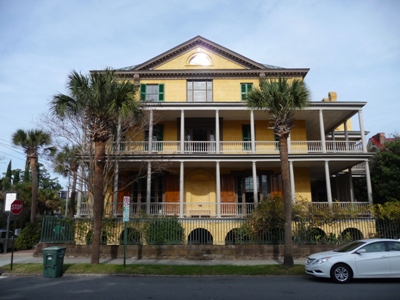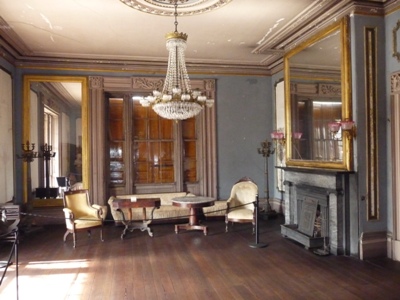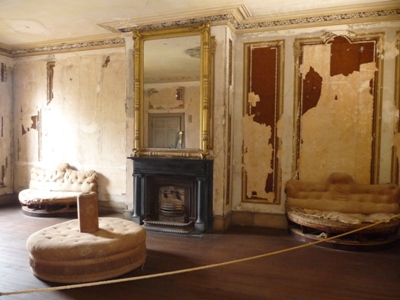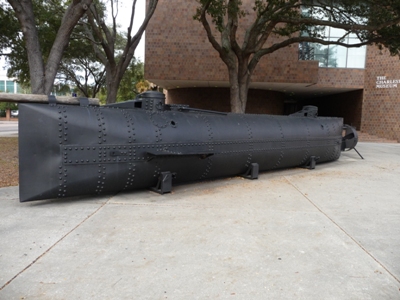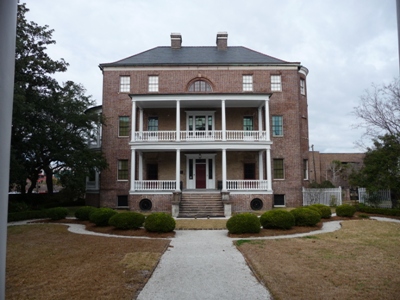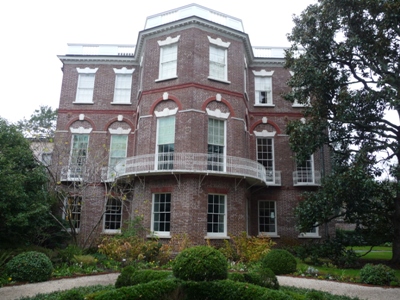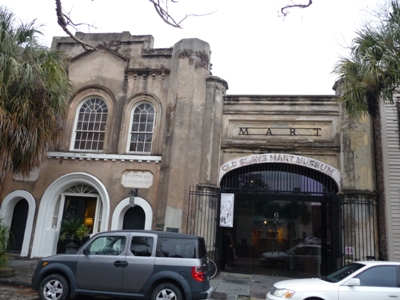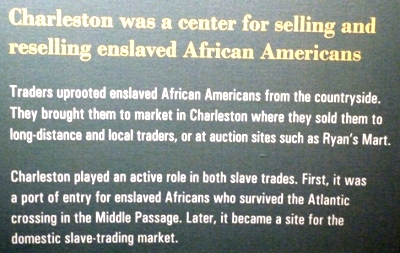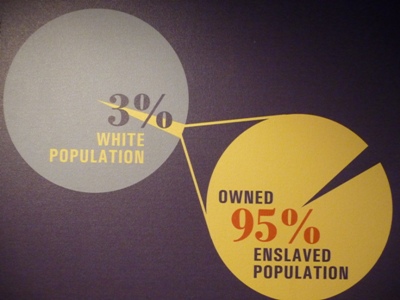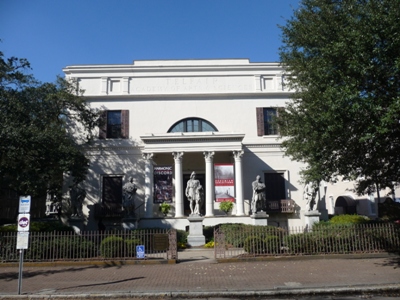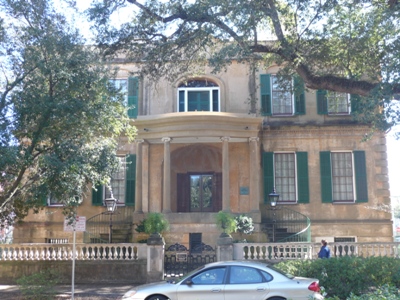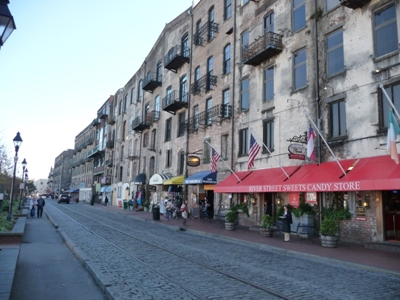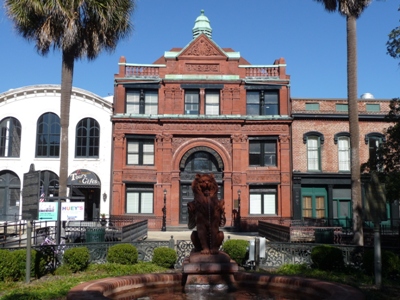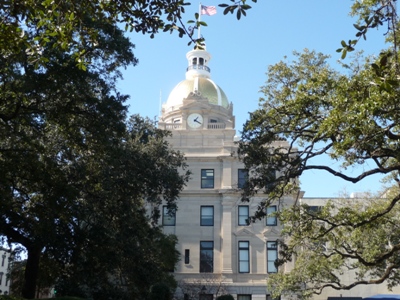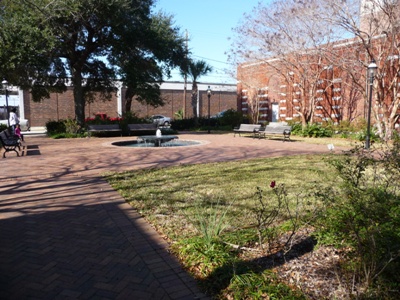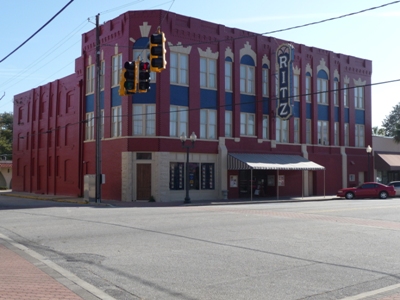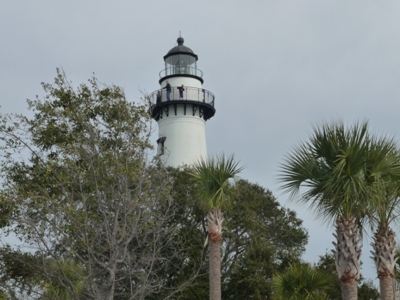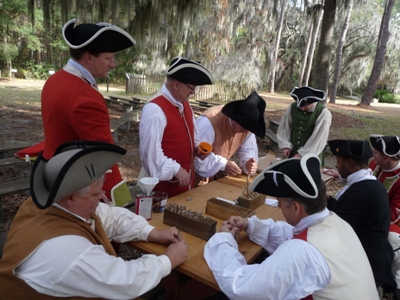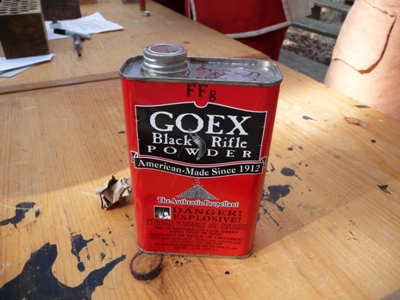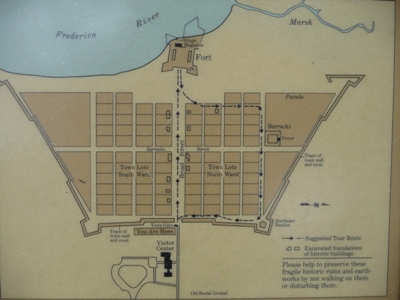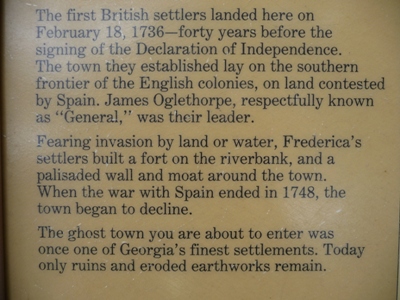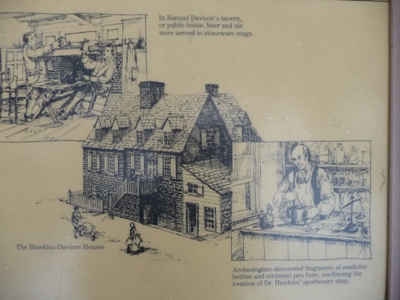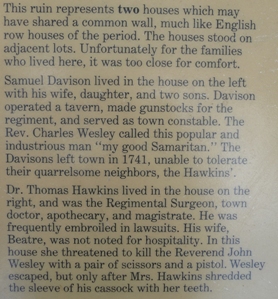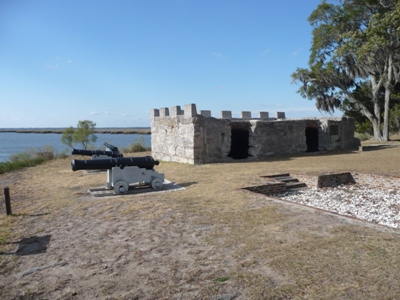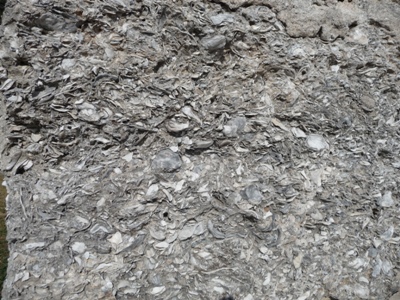-- FromFayettevilled to Brunswick
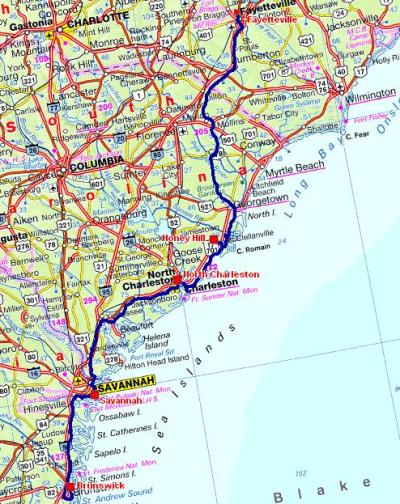
The road tracklog
From Fayetteville to Brunswick
from 2012/01/16 to 2012/01/20
South Carolina
South Carolina was inhabited by 28 tribes mainly Cherokee which were forced to go westwards in 1838 on what became "Trail of Tears" killing more than 4,000 of them. The English founded Carolina in 1670 with slaves coming from Barbados for farming rice paddy. Now after the Civil War they remain some pretty antebellum houses.
Hampton Plantation
Monday January 16 I moved southwards to enter South Carolina where Olivia & Fred, Texan friends met in Canada, gave me Hampton Plantation to be visited and a free campground at Honey Hill. I had about 300 km to drive to go to the coast. At the border between North and South Carolina I found on Hwy #95 a Visitor Center to have a map of this new state. Alas Hampton Plantation was open but no visit in winter. I walked on the site to read interpretative signs. In middle of afternoon I stationed at the campground at Honey Hill.
|
|
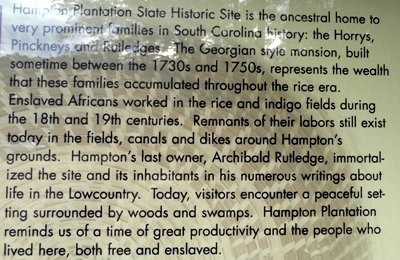 |
|
|
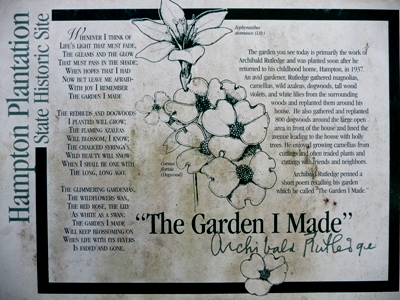 |
Charleston
Charleston well before the Independence War was called after king Charles II It was a very active port of rice exportation and trade carried out by Europeans. There is a French Quarter inhabited by Huguenots as in New Orleans.
I entered the city by the splendid Arthur Ravenel, Jr. Bridge. The weather was gloomy with some drops of rain, but the temperature was into clear rise. I am in the south. The peninsula of Charleston Down-Town is of course in a grid shape, but carpark are mainly in silo, not for my truck. I found a spot in Washington St. My first visit was for an antebellum house -before Civil War- having belonged to a wealthy, rice-planting family with 900 slaves. The building was not restored to keep it in the state of the 20th century, No phot, but…
Aiken-Rhett House
|
|
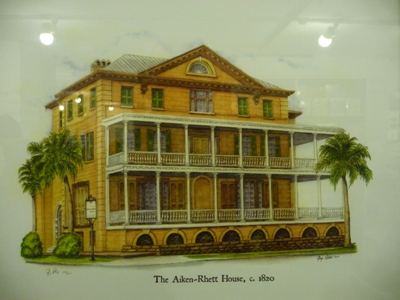 |
|
|
 |
|
|
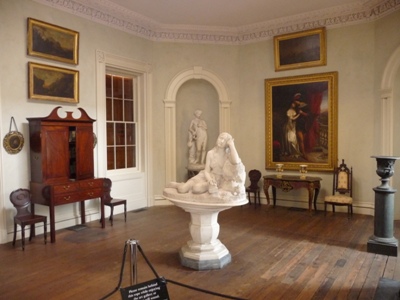 |
Then I strolled in the streets by looking at what Lonely Planet recommends. In front of the Charleston Museum the first submarine of the military history found a place of honor in this confederated city.
|
|
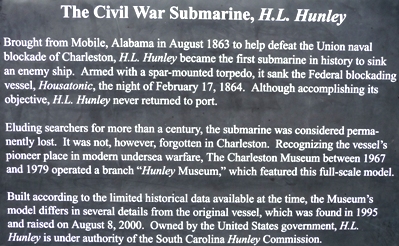 |
The churches all mentioned were closed, devout is not authorized to pray out the schedules of the religious services. I visited also Nathaniel Russel House sumptuously restored, No photo, a cerebra took care. This decision comes out from a mercantile behavior. My walk led me to White Point where I could park my truck tomorrow. The following day I took again my excursion in the city whose highlight was Old Slave Mart Museum.
|
|
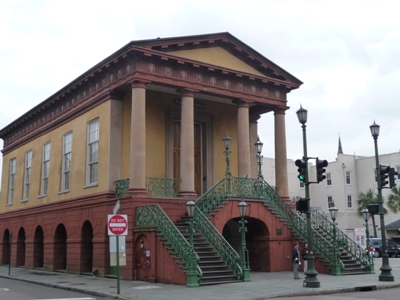 |
|
Joseph Manigault House |
Confederate Museum |
|
|
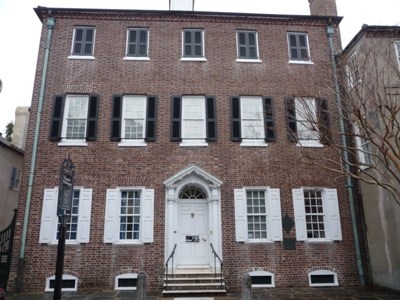 |
|
Aiken-Rhett House |
Heyward-Washington House |
|
|
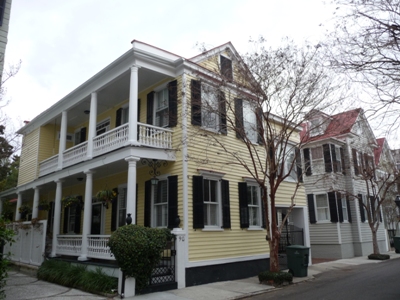 |
|
Modern condominium |
|
|
|
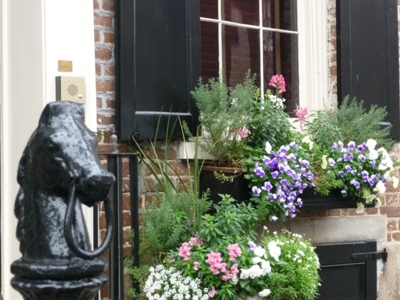 |
|
Hugenot French Quarter |
|
Old Slave Mart Museum
|
|
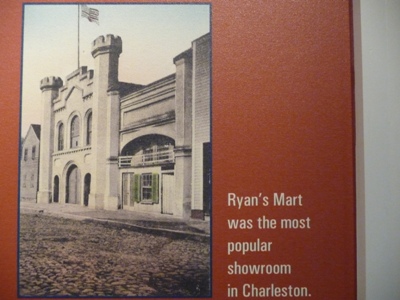 |
|
|
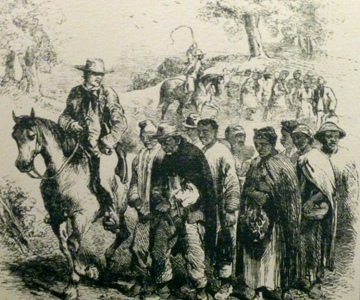 |
|
|
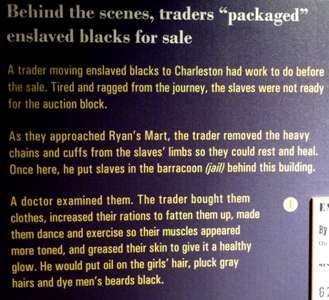 |
|
|
 |
|
|
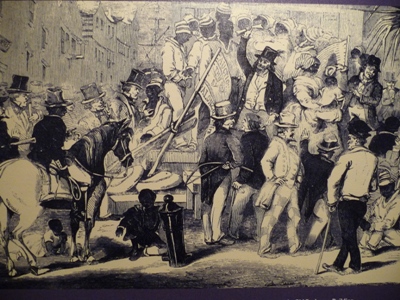 |
Georgia
Georgia is the vastest state in the east of Mississippi River. English colonization dates from 1733 when James Edward Oglethorpe founded the town of Savannah. Atlanta the capital was destroyed at the time of the Civil War, it is now a city of more than five million inhabitants with the airport the most attended in the world.
Savannah
Thursday January 19 I arrived in the early morning at Savannah, GA, the temperature was 10°C and climbed at the semi-day with a very blue sky. The city does not have the charm of Charleston but it is peppered with green public gardens. I visited the three sites of "The Telfair Academy", two in old residences and one in a modern building. Not only one punctures the tourist of a fee but in more one prohibits to him to take photographs, it is very frustrating. Telfair House was built in 1818 by an English architect William Jay in English Regency style. The interior was remarkably restored and exhibits the collections of the former owners, the Telfairs. I succeeded in taking a photograph of the painting The Black Prince at the battle of Crécy. Alas I was less lucky at Owens-Thomas House according to the plans by the same architect, where La Fayette remained, as well as in Jepson Center where the collections are poor.
Telfair House
The Black Prince at Crécy by Julian Story
|
|
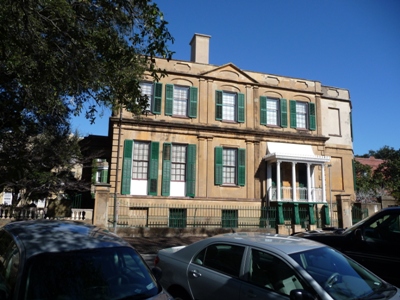 |
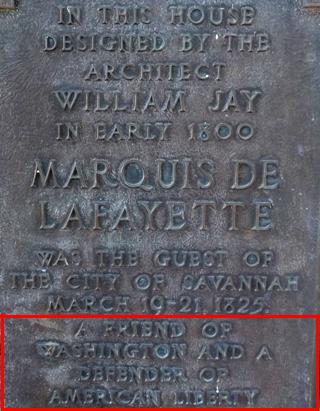 |
Then I walked Rousakis Riverfront Plaza along Savannah River where the cotton warehouses were localized today occupied by tourist traps, restaurants and trinket shops.
|
|
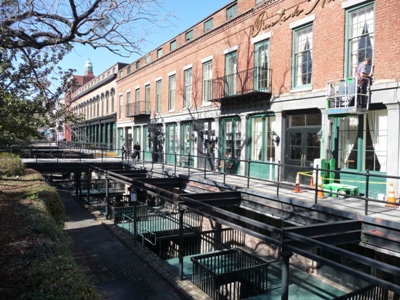 |
|
|
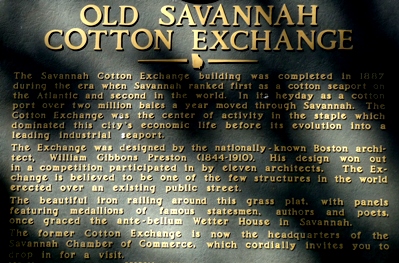 |
City Hall
Brunswick
After a small driving morning I arrived in Brunwick renowned for its Islands close to the coast connected by splendid bridges. The city was founded by General James Oglethorpe in 1771 according to a grid pattern and named Brunswick after Braunschweig, Germany, where King George II was born. In spite of a sumptuous booklet to visit it, it does not have much attraction if is not to be a true south city with palm trees and sui generis odors. In the early afternoon I put in search of a workshop to rotate the tires of my truck, an appointment was took for the following day per first hour. Of course I spent the night on the carpark of Walmart!
|
|
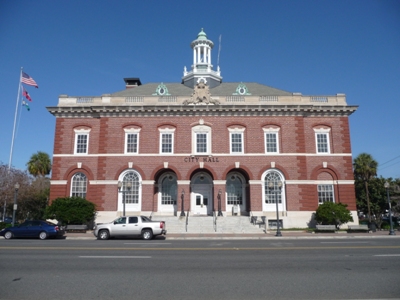 |
|
Court House |
City Hall |
|
|
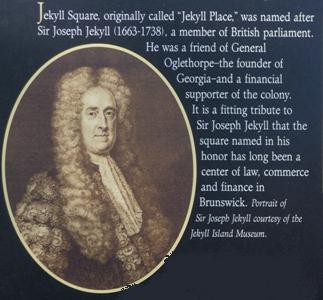 |
|
Jekyll Square |
|
|
|
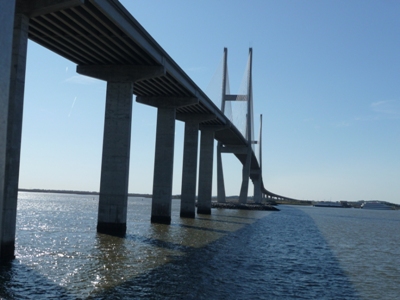 |
|
Ritz Theater |
Sidney Lanier Bridge |
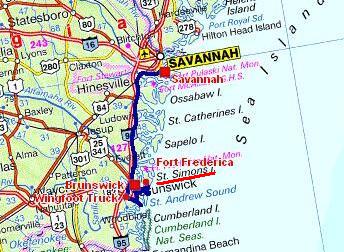
The road tracklog
Brunswick
from 2012/01/21 to 2012/01/22
St Simons Island
The morning was occupied with the tire rotation to lengthen their mileage. In the early afternoon I continued the exploration of Brunswick and Golden Isles. Well, I did not change my opinion although I took a real pleasure to stroll in Fort Frederica and its Ghost Town. Visitor Center projects an enthralling film, worth a detour.
|
|
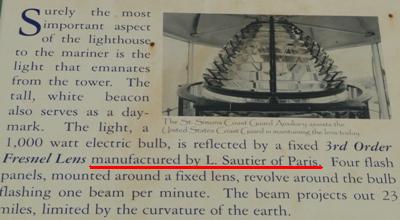 |
||||
|
St Simons Island Lighthouse |
|||||
|
Fort Frederica |
|||||
|
|||||
|
|||||
|
|||||
|
|||||
|
|
|||||
| Brunswick, le 2012/01/22 | |||
